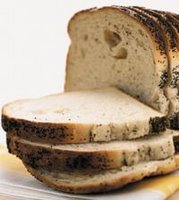Does counting sheep really help you fall asleep?
 Well, apparently not. According to the BBC, Oxford scientists have concluded the method isn't effective. The researchers asked 50 insomniacs to try different techniques when trying to fall asleep. In general, those who counted sheep fell asleep later than those who imagined a relaxing scene like a waterfall or beach.
Well, apparently not. According to the BBC, Oxford scientists have concluded the method isn't effective. The researchers asked 50 insomniacs to try different techniques when trying to fall asleep. In general, those who counted sheep fell asleep later than those who imagined a relaxing scene like a waterfall or beach. So, counting sheep doesn't work, but how did the idea start in the first place? As you probably know, shepherds are responsible for keeping track of their flocks. To make sure they didn't lose strays, shepherds used a numbering technique called "Yan Tan Tehera."
Yan Tan Tehera comes from a Celtic language. In my humble opinion, there's nothing interesting or noteworthy about it except that it's "based on the number 20." According to Wikipedia, the shepherd would count to 20, place a mark on the ground to represent 20 sheep, then start again.
How they stayed awake, we'll never know.
Receive post updates by Email
































 Add my feed to your Rss
Add my feed to your Rss
